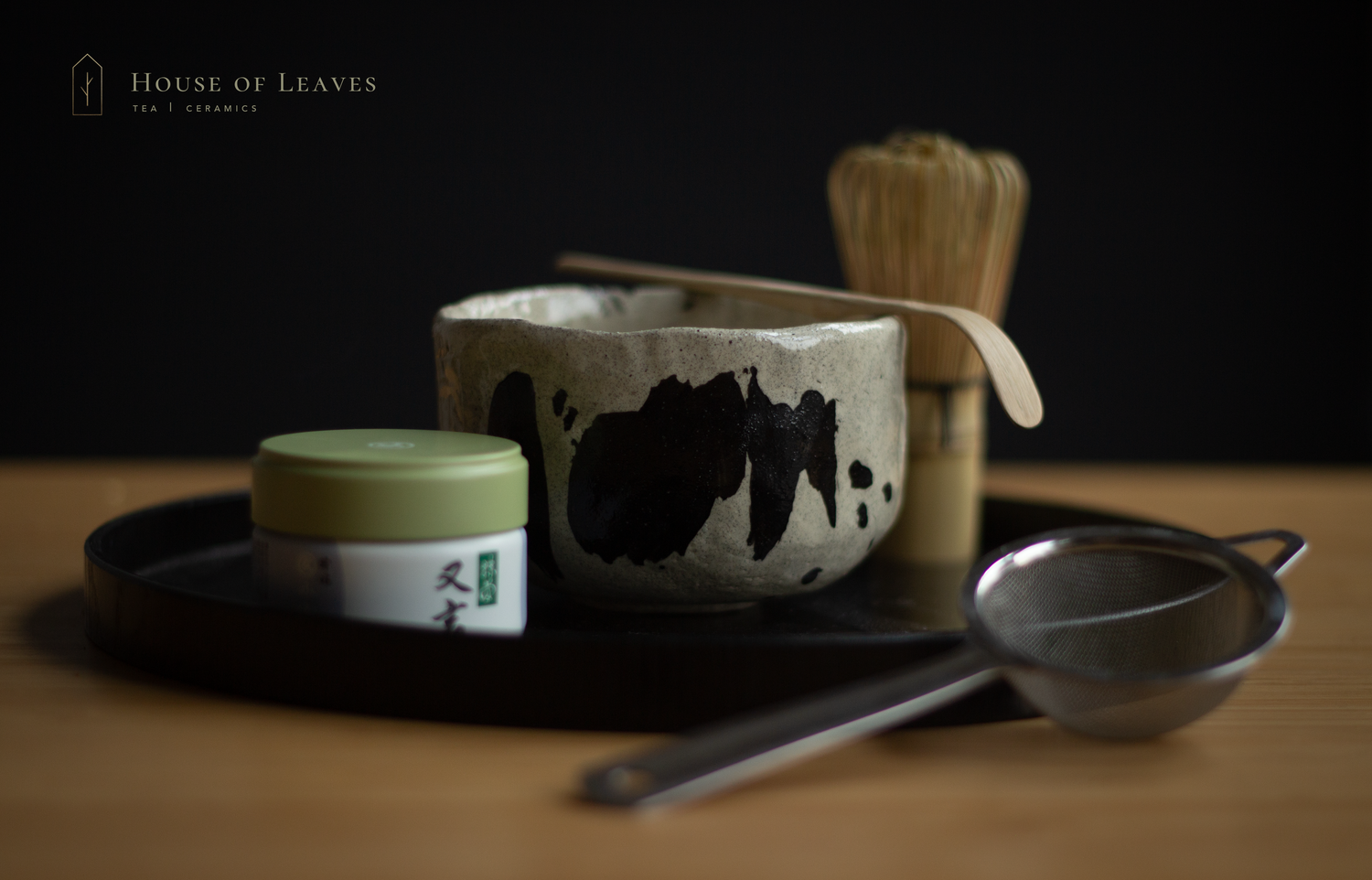About

Carry water, chop wood.
In 1191, the zen monk Eisai brought Camellia Sinensis seeds back from China, becoming one of the first to plant them in Japanese soil and with them, the seeds of the Japanese tea tradition. As in China, tea at that time was known more as medicine than a leisurely beverage.
Although compressed tea was banned in China in 1391, the practice of mixing powdered green tea into hot water flourished in Japan, evolving over time into the ritual practice known as Chado or "the Way of Tea".
It was not until the 15th century that the method of shading tea plants in the final days before harvest was developed. This technique sends the plant's caffeine and L-theanine production into overdrive, producing the rich, savory, and super-green leaf that we know today.
Image: Myōan Eisai - Rinzai Zen Master 1141-1215

One time, one place.
Many hundreds of years after the first tea seeds left China, matcha has at last made its way to the West. Its popularity in recent years can be attributed not only to western consumers seeking a healthier alternative to the productivity-driving fuel of coffee, but to the very human need for slow and thoughtful rituals in a culture stripped of its history, community, and time for rest.
Though the connection may seem invisible to most, anyone who prepares a pot of savory sencha or uses a chasen to whisk up a bowl of matcha is participating in a centuries old tradition.
That's the goal of House of Leaves, to give you all the tools you need to make your tea ritual a unique daily event where you can simply let the products of nature enrich your life. When you carefully lift your favorite tea to your lips and inhale its savory aroma, take a moment to pay special attention to the unique time and place of your enjoyment and on the vast journey that put that tea in your cup.
